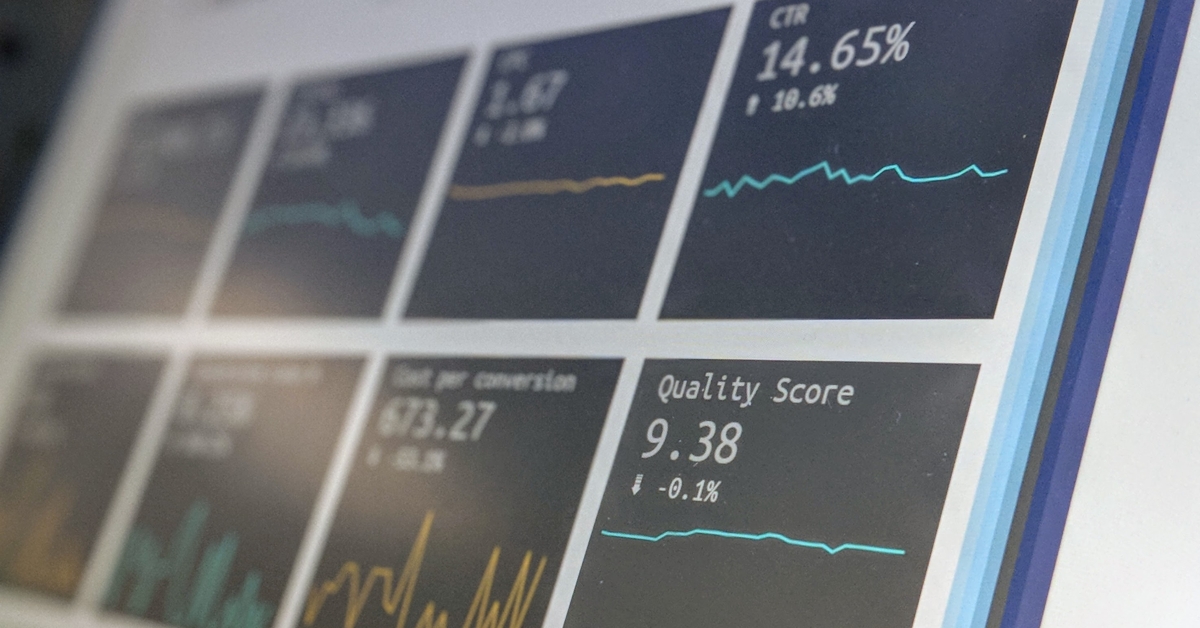In short, alternative data refers to any non-traditional data that is used to make investment decisions. It’s a hot topic in the investment management industry right now, and a paper from Deloitte nicely sums up the current sentiment:
“Alternative data will likely transform active investment management (IM) over the next five years, from hedge-fund management, to long-only mutual funds, and even private equity managers. Those firms that do not update their investment processes within that time frame could face strategic risks, and might very well be outmaneuvered by competitors that effectively incorporate alternative data into their securities valuation and trading signal processes.”
Early adopters of alt data sets were mostly quantitative hedge funds, and they used alt data to better understand what might happen in the upcoming quarterly earnings call. Examples of alt data include:
- News feeds – Non-traditional providers outside of the mainstream market leaders
- Social media – Facebook, Twitter, Instagram
- Online communities – Customer forums, professional forums, product reviews
- Internet data – Website visit or search statistics
- Satellite imagery – Weather data or parking lot capacity
Alt data is sometimes described as the ‘data exhaust’ of a company’s activities, in that it may be an indirect consequence or measurable evidence of its business activities. On the other hand, a traditional data set is the information that a company publishes about itself: financial information, analyst calls, annual reports, etc.
The use of alt data became possible with advances in computing power and market sophistication. Often thought of as Big Data, alt data sets are very large and usually less structured than traditional data. This makes it difficult to turn into useful information, often requiring the use of machine learning and experienced data scientists. But when analyzed properly, alt data can give investors a real information advantage.
Hedge funds were early advocates of alt data because the information supported their short-term trading strategies. For example, a reduction in the volume of credit card transaction activity might point to lower quarterly earnings for a retailer ahead of the release of those earnings. Because alt data is a ‘nowcast’ – data focused on a specific point in time – it sheds light on immediate and short-term corporate performance. Long-only funds and larger firms have been slower to adopt alt data into their investment processes.
However, putting alt data in the context of a forecast and combining insights from multiple data sources is where the real power lies.
All this being said, keep in mind that alternative data is simply considered an information advantage in a space where seeking information advantages has been around since the inception of the marketplace. Some believe that eventually the use of alt data sets will become mainstream. While there are certainly risks associated with adopting alt data into investment processes, there may be risks in not doing so.



